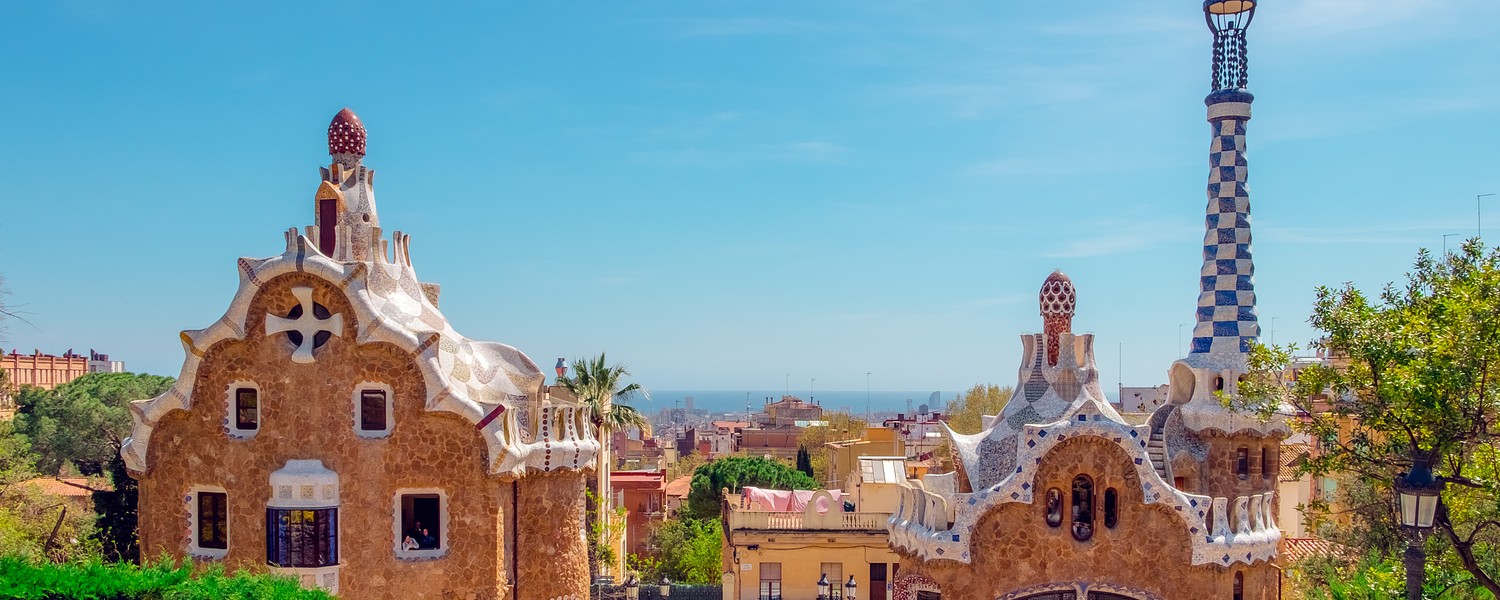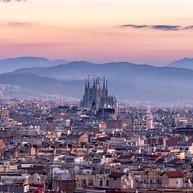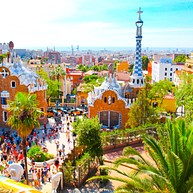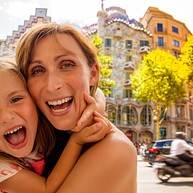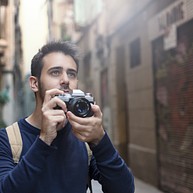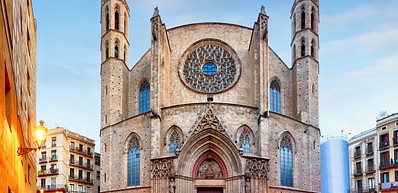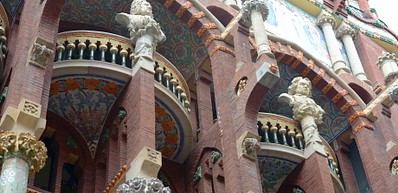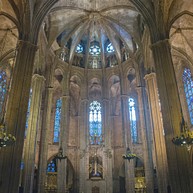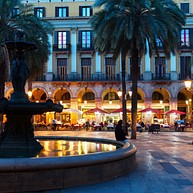Section in Barcelona
Top 10 for Architecture Lovers
Barcelona is known for its rich architectural heritage and is home to some of the most iconic and innovative buildings in the world. The architecture of Barcelona is special for a number of reasons, including its unique blend of historical and modern styles, its use of light and colour, and its emphasis on functionality and innovation.
One of the most notable architectural movements in Barcelona is the Art Nouveau style, also known as the Catalan modernism or modernism, which was developed in the late 19th and early 20th centuries. This style is characterized by its use of organic forms, intricate decoration, and bold use of colour and light. The most famous examples of this style in Barcelona include the works of Antoni Gaudí, such as the Sagrada Familia, La Pedrera and Park Güell.
In addition to the Art Nouveau style, Barcelona is known for its modernist architecture, which emerged in the 20th century and was characterized by the use of new materials and techniques, as well as a focus on functionality and simplicity. These buildings, such as the former Hospital de la Santa Creu i Sant Pau, Norman Foster's Torre de Collserola and Calatrava's Torre Telefónica, are considered to be some of the most innovative and influential works of modern architecture.
Read more

